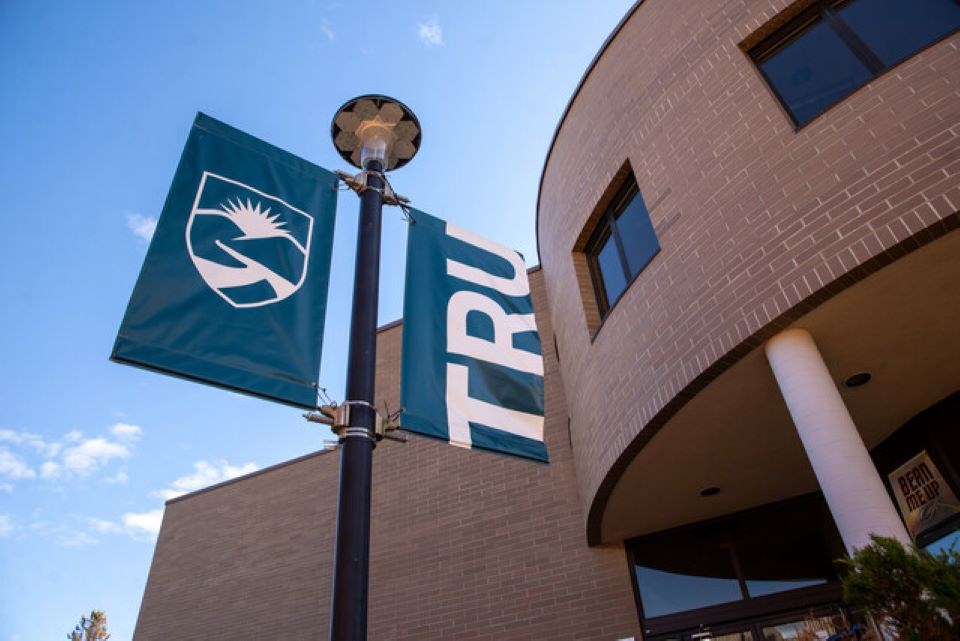Thompson Rivers University could likely make more efficient use of the sprawling on-campus space currently taken up by its dwindling visual arts program, according to the university's dean of arts.
Richard McCutcheon, faculty of arts dean at TRU, told the university’s senate on Monday that the visual arts program uses more than 18,000 square feet of space, excluding the art gallery and in addition to a 2,000-square-foot outdoor area.
The visual arts space has 14 rooms, which seat between 18 and 20 students, for a combined capacity of 258 seats.
Comparatively, the average classroom in the Old Main building is 811 square feet and seats and average of 42 students.
“This gives you a little bit of a sense of what you might refer to as lost opportunity in terms of service and the larger institutional needs,” McCutcheon said.
For comparison, McCutcheon took a portion of the visual arts space, covering 11 rooms and a combined capacity of 200 seats, and said that the same space could be configured to allow for 18 rooms and a combined capacity of 756 seats with standard 42-seat classrooms.
“So already we're talking about a very significant piece of real estate on campus,” he said.
“That's 11 per cent more total capacity. And this is just a scenario — it’s just an attempt to help you see how significant that amount of space is.”
McCutcheon said the comparison is only a hypothetical scenario and doesn't necessarily represent how the space would be used in the future.
In terms of scheduling and enrolment, McCutcheon said good scheduling capacity is considered to be around 70 per cent.
However, visual arts averages 730 course enrolments over a five-year average, meaning the program is operating at roughly 17 per cent scheduling capacity.
“Achieving the 70 per cent scheduling capacity, visual arts would require a little more than 3,000 course enrolments to even get close that,” McCutcheon said.
“If you took the same space and configured it to 18 42-seat classrooms, it would provide for 11,340 possible course enrolments at a 70 per cent scheduling capacity.”
McCutcheon said many visual arts classes will continue to be delivered and no job loss would result from the program's review and potential closure.
New enrolments to visual arts have been suspended for the September 2023 intake.
“We will have students joining us in September but they have been provided with access to an academic advisor in order to provide them with all the necessary information with regards to the potential changes to the program or closure of the program over the next three years,” said Gillian Balfour, TRU’s provost and vice-president academic.
Students will have three years to either complete their visual arts education or be supported in transitioning to another institution to complete their studies.
Enrolments have been suspended as TRU’s board of governors determine if the program will undergo a three-year teach-out or restructuring.
TRU has also cited high student attrition, program costs and faculty workload inequity as factors in the program’s review.
The university announced in April that it was phasing out its visual arts program. Three days later, after intense pushback from many in the community, TRU backtracked and said the program was under review.



